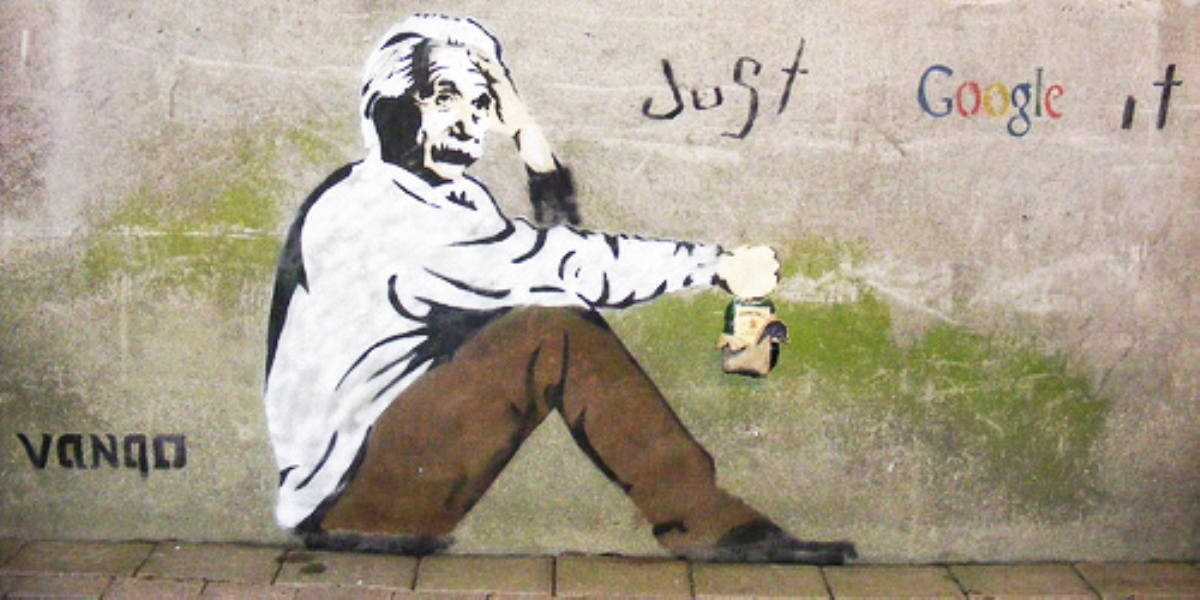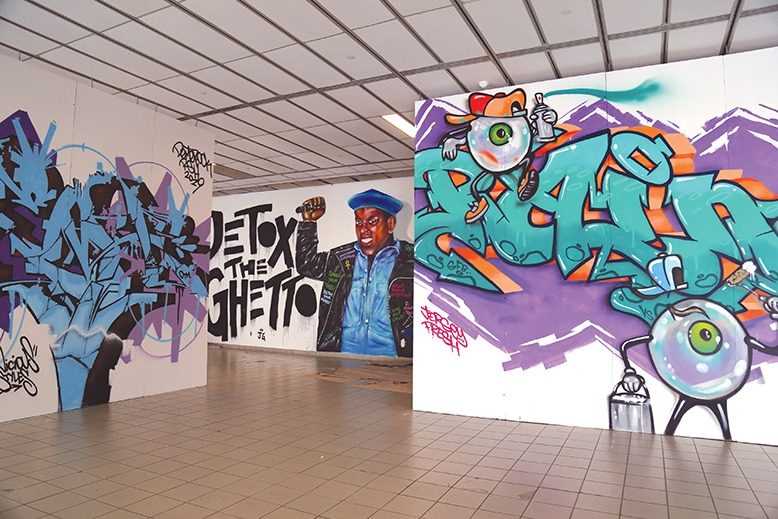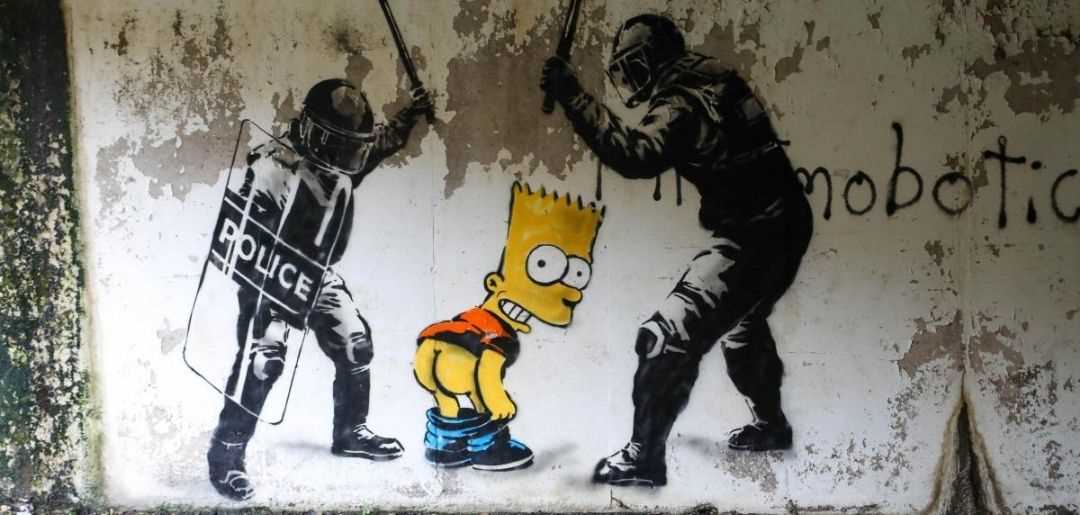
Graffiti, often associated with vandalism and illegal activities, has gradually gained recognition as a legitimate form of artistic expression. What was once considered a scourge on the urban landscape is now being celebrated for its ability to transcend boundaries and spark conversations. In cities around the world, graffiti has become a powerful tool for artists to leave their mark and make a statement.
Street art has a long history, dating back to ancient times when cave paintings and hieroglyphics were used to convey stories and communicate messages. Today, graffiti artists use city walls, bridges, and even train cars as their canvas. Armed with spray cans and an unyielding creativity, they transform dull and lifeless spaces into vibrant works of art.
What sets graffiti apart is its rawness and authenticity. Artists use bold colors, intricate designs, and thought-provoking symbols to express their emotions, challenge social norms, and address political issues. The streets become their gallery, and the entire city becomes an open-air exhibition for anyone to admire.
Moreover, graffiti serves as a catalyst for community engagement and dialogue. It enlivens neglected areas, sparks conversations among passersby, and contributes to the revitalization of urban spaces. By taking art out of museums and bringing it to the streets, graffiti democratizes creativity and fosters a sense of belonging in a city.
Graffiti is not a new phenomenon and has been around for centuries in various forms. It can be traced back to ancient civilizations such as ancient Egypt and ancient Greece, where graffiti was found on the walls of buildings and temples.
However, modern graffiti, as we know it today, emerged in the 1960s in New York City. It began as a form of expression for marginalized communities, particularly the African American and Hispanic communities, who used graffiti as a way to claim their space in a city that often ignored them.
The Birth of Graffiti Culture
The birth of graffiti culture can be attributed to a young artist named Darryl “Cornbread” McCray. In the late 1960s, Cornbread started tagging his nickname all over Philadelphia, gaining recognition and inspiring others to follow in his footsteps. This marked the beginning of graffiti as a form of artistic expression.
Graffiti quickly spread to other cities, particularly New York City, where it flourished in the 1970s and 1980s. Artists like Taki 183 and Futura 2000 gained fame for their vibrant and innovative graffiti styles. Graffiti became a way for young artists to showcase their skills and make a name for themselves in the art world.
The Evolution of Graffiti

Over the years, graffiti has evolved from simple tags to complex and elaborate murals. Artists began using graffiti to tell stories, express political messages, and address social issues. Graffiti started to be seen as a legitimate art form, despite being illegal in many places.
The 1980s and 1990s saw a shift in graffiti culture, with artists like Keith Haring and Jean-Michel Basquiat bringing graffiti into the mainstream art world. Their work blurred the lines between graffiti and fine art, challenging traditional notions of what art should be.
Today, graffiti continues to thrive as a form of artistic expression on the streets. It has become more socially accepted and even celebrated in certain cities, with dedicated graffiti walls and festivals showcasing the talents of graffiti artists.
The Street as a Canvas
A Form of Self-Expression
Graffiti has long been regarded as a form of self-expression, allowing artists to convey their thoughts, ideas, and emotions to the world. By utilizing the walls and surfaces of the streets, graffiti artists create visually striking images that capture the attention of passersby.
Through their art, graffiti artists often tackle social and political issues, shedding light on topics that may otherwise go unnoticed or ignored. The streets become a platform for artists to express their perspectives and challenge the status quo.
Blurring the Line between Art and Vandalism

The nature of graffiti as an art form has always been controversial. Some view it as vandalism, considering it an act of defacing public property. However, others argue that graffiti is a legitimate art form, comparable to traditional art mediums. It challenges the notion of what art can be and where it should be displayed.
Street art has gained recognition in the art world, with renowned graffiti artists exhibiting their work in galleries and museums. This recognition has sparked discussions about the value of street art as a cultural movement and the importance of preserving it.
Ultimately, whether one sees graffiti as an artistic expression or an act of vandalism, it cannot be denied that the streets serve as a canvas for artists to leave their mark on the world.
The Artistic Process of Graffiti

Graffiti is a unique form of artistic expression that takes place on the streets. The process of creating graffiti involves several distinct steps, each contributing to the final artwork.
Inspiration and Concept
Every graffiti artist begins their process by seeking inspiration and developing a concept for their artwork. This could be influenced by personal experiences, current events, or the environment in which the graffiti will be created.
Sketching and Planning
Before the actual graffiti is created, artists often sketch out their ideas on paper to develop a more concrete plan. They carefully consider the overall composition, color scheme, and the placement of different elements.
Once the sketches are complete, artists may also create a scaled-down version of their design on the chosen wall or surface using washable or erasable materials. This allows them to visualize how the final piece will look and make any necessary adjustments.
Execution

Once the planning stage is finished, the artist starts the execution process. This typically involves using spray cans, markers, or other tools to apply the graffiti onto the chosen surface. Techniques such as stenciling, freehand drawing, and tag writing are commonly used.
Graffiti artists often work quickly and stealthily, especially when creating illegal street art. They must be skilled at improvisation and adapting to unexpected situations while remaining aware of their surroundings.
Final Touches and Evaluation
After the main graffiti piece is completed, artists may add final touches to enhance the overall impact of the artwork. This could include adding shadows, highlights, or fine details using different mediums.
Once the artistic process is complete, artists evaluate their work and reflect on the overall success of their creation. This allows them to learn and improve their skills for future graffiti projects.
Overall, the artistic process of graffiti is an intricate and dynamic journey that involves careful planning, skilled execution, and a strong sense of creativity.
Graffiti Styles and Designs

One of the most fascinating aspects of graffiti is the wide range of styles and designs that artists employ to create their distinctive marks on the streets. Each artist develops their own unique style, influenced by a variety of factors such as personal expression, cultural influences, and graffiti traditions. Here are some of the most popular graffiti styles and designs:
1. Tags
Tags are the most basic form of graffiti writing, typically consisting of a stylized signature or nickname. Artists use tags to mark their presence and establish their identity within the graffiti community. They are often quick and simple, using bold and highly legible letters.
2. Throw-ups
3. Wildstyle
Wildstyle graffiti is characterized by complex, interlocking letters that are often difficult to read. This style is known for its intricate designs, exaggerated shapes, and use of arrows, stars, and other decorative elements. Wildstyle requires a high level of skill and can be challenging to master.
4. Stencils

Stencil graffiti involves cutting out a design or image on a material, such as cardboard or plastic, and then spraying paint or ink over it to transfer the image onto a surface. Stencils allow artists to create intricate designs with clean and precise lines, making it a popular choice for artists who want to quickly reproduce their work.
5. Murals
Murals are large-scale graffiti artworks that often cover entire walls or buildings. They can depict anything from portraits of famous figures to social or political messages. Murals are created using various techniques, such as spray paint, brushes, and other artistic tools. They provide artists with a canvas to express their creativity in a more detailed and elaborate manner.
These are just a few examples of the many graffiti styles and designs that exist. Graffiti is a constantly evolving art form, with artists pushing the boundaries and experimenting with new techniques and concepts. Whether it’s a simple tag or an intricate mural, graffiti continues to be a powerful and expressive artistic medium.
The Role of Spray Paint in Graffiti
Spray paint is an essential tool and medium in the world of graffiti art. It allows artists to create vibrant, colorful, and eye-catching pieces on various surfaces. The use of spray paint not only provides the necessary tools for graffiti artists but also contributes to the unique aesthetic and style of this artistic expression.
One of the main reasons why spray paint is commonly used in graffiti is its versatility. Unlike traditional paintbrushes, spray paint cans allow for quick and efficient application. Artists can easily cover large areas or create intricate details with different nozzle settings, giving them greater control over their artwork.
In addition to its practicality, spray paint offers a wide range of colors and finishes, giving artists endless possibilities for self-expression. The vibrant and bold colors associated with graffiti art can capture attention and convey powerful messages. The glossy or matte finishes can add depth and dimension to the artwork, enhancing its overall impact.
Furthermore, the aerosol effect produced by spray paint adds a distinct texture to graffiti pieces. The splatters, drips, and gradients created by the aerosol particles create a dynamic and raw visual effect that is unique to this form of art. These effects contribute to the urban and underground aesthetic that graffiti has become known for.
It is important to note that the use of spray paint in graffiti is not limited to illegal or unauthorized artwork. Many cities and communities have embraced graffiti as a legitimate and respected form of art, allowing artists to create legal murals and public installations. In these cases, spray paint continues to be the primary medium for graffiti artists to showcase their skills and vision.
Graffiti as a Form of Individual and Cultural Expression
Graffiti, often derided as vandalism, is actually a powerful form of individual and cultural expression that demands attention and challenges established norms. It is an art form that allows individuals to voice their opinions, share their beliefs, and communicate their experiences with the rest of the world.
The Power of Individual Expression

Graffiti provides a platform for individuals to express themselves freely in public spaces. In a world that often silences individual voices, graffiti offers an opportunity for self-expression without the limitations imposed by traditional art forms. Artists use graffiti to explore their identities, express their emotions, and portray their unique perspectives on various social, political, and environmental issues.
By using walls and public spaces as their canvas, graffiti artists challenge the notion that art should only be confined to galleries. They reclaim urban spaces and transform them into artistic platforms, creating thought-provoking murals that push boundaries and foster dialogue. Graffiti gives a voice to the marginalized and the unheard, allowing their stories to be shared and acknowledged.
Cultural Expression and Identity
Graffiti also serves as a powerful medium for cultural expression and preservation. Artists often incorporate symbols, images, and language from their cultural backgrounds into their graffiti pieces, creating a visual representation of their heritage and identity. These artworks become a reflection of the community’s history, traditions, and struggles.
Moreover, graffiti acts as a unifying force within a community, providing a sense of belonging and pride. It celebrates cultural diversity and challenges homogeneity by presenting different perspectives and narratives. Through graffiti, communities can assert their presence and assert their right to be seen and heard.
Graffiti as a catalyst for change
While graffiti is often seen as rebellious and disruptive, it can also act as a catalyst for positive change. In many cases, graffiti has brought attention to important social issues, such as inequality, injustice, and environmental degradation. By conveying powerful messages through their art, graffiti artists can inspire collective action and raise awareness about pressing problems.
Controversies and Legal Issues Surrounding Graffiti
Graffiti has always been a subject of controversy and legal disputes. While some perceive it as a form of artistic expression, others view it as vandalism and illegal activity. This has led to ongoing debates and conflicts regarding the presence and impact of graffiti in public spaces.
Public Perception and Opinion
One of the main controversies surrounding graffiti is the public’s perception and opinion of it. While some people appreciate the creativity and artistic value of graffiti, others see it as an eyesore and a blight on their communities. This divide in opinions often leads to disputes between supporters and opponents of graffiti.
Furthermore, graffiti is often seen as a symbol of urban decay and crime. It is associated with gang activity, vandalism, and property damage. This negative perception has fueled efforts to eradicate graffiti and implement stricter laws and regulations.
Legal Issues and Penalties
Graffiti is subject to various legal issues and penalties in many jurisdictions. It is often considered vandalism and trespassing, leading to criminal charges and fines for those caught in the act. The severity of the penalties depends on the location, scale, and cost of the damage caused by the graffiti.
In some cases, graffiti artists may be charged with additional offenses such as defacing public property, graffiti conspiracy, or possession of graffiti tools. Repeat offenders may face more severe consequences, such as imprisonment or community service.
However, the legal status and punishment for graffiti can vary widely from one jurisdiction to another. Some jurisdictions have implemented lenient approaches that distinguish between illegal tagging and artistic murals, allowing certain types of graffiti in designated areas or with permission from property owners.
To combat the issue, many cities have established graffiti abatement programs to remove or cover up graffiti. These programs often include partnerships with local artists and community organizations to create legal and sanctioned murals, aiming to channel the energy and talent of graffiti artists in a positive direction.
| Pros | Cons |
|---|---|
|
|
Recognizing and Appreciating Graffiti as an Art Form

Graffiti, once seen as an act of vandalism, is now increasingly recognized and appreciated as a unique form of art. What was once considered a nuisance is now celebrated for its creativity and expression.
Graffiti artists use different techniques and styles to create their artwork, ranging from large-scale murals to intricate stencil designs. With vibrant colors, bold lines, and intricate details, graffiti can transform a mundane space into a visually captivating masterpiece.
One of the key aspects of graffiti as an art form is its ability to convey powerful messages and provoke thought. Many graffiti pieces address social and political issues, allowing artists to express their opinions on a public platform. These artworks serve as a visual commentary on society, challenging viewers to think critically about the world around them.
Graffiti has also become a space for personal storytelling and self-expression. Artists use their pieces to share their experiences, emotions, and perspectives, creating a sense of connection and understanding with the audience. By using public spaces as their canvas, graffiti artists can reach a wide range of people and have a direct impact on their daily lives.
Moreover, graffiti has the power to transform neglected or forgotten areas into vibrant and engaging spaces. By adding color and creativity to urban landscapes, graffiti can revitalize communities and spark conversations. It can turn a plain wall into a thought-provoking piece of art, attracting tourists and creating opportunities for local businesses.
Recognizing graffiti as an art form allows us to appreciate the skill, creativity, and dedication that goes into each piece. It encourages us to look beyond the stereotypes and see graffiti artists as talented individuals who contribute to the cultural landscape.

I am a mural enthusiast and a fervent admirer of street art. Rather than creating murals myself, I am passionate about collecting them. My love for street art knows no bounds. I am dedicated to curating and cherishing these artworks that grace the streets. My collection stands as a testament to my profound appreciation for this form of artistic expression.
read about me



